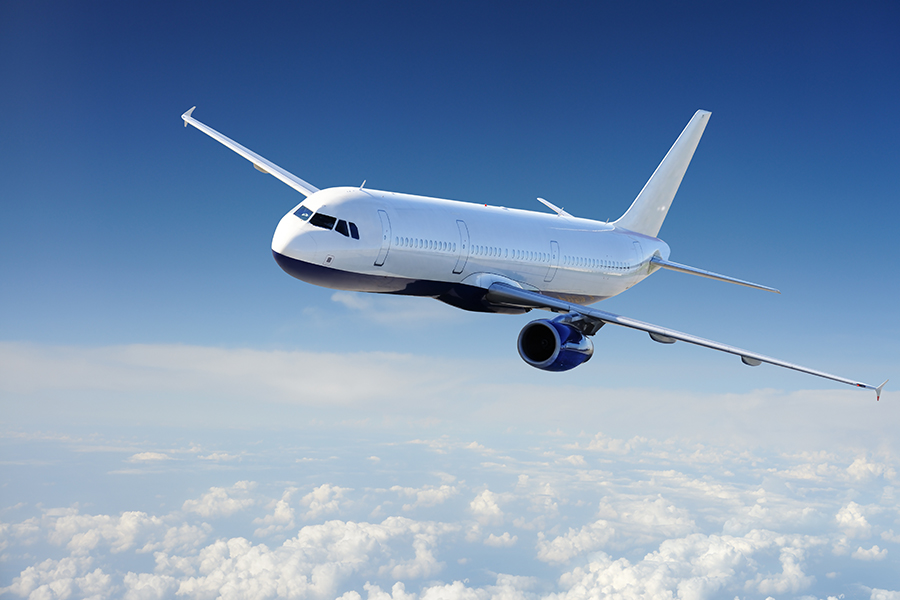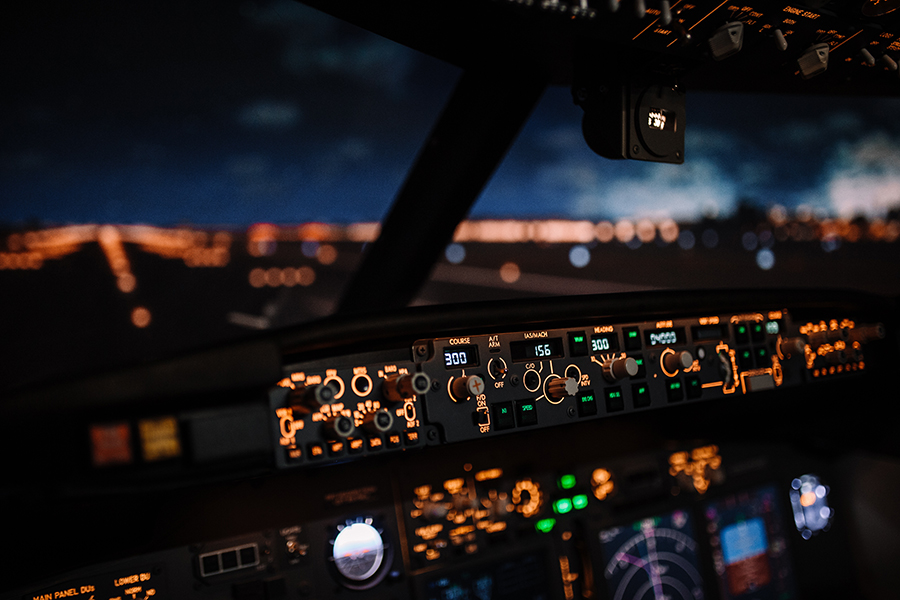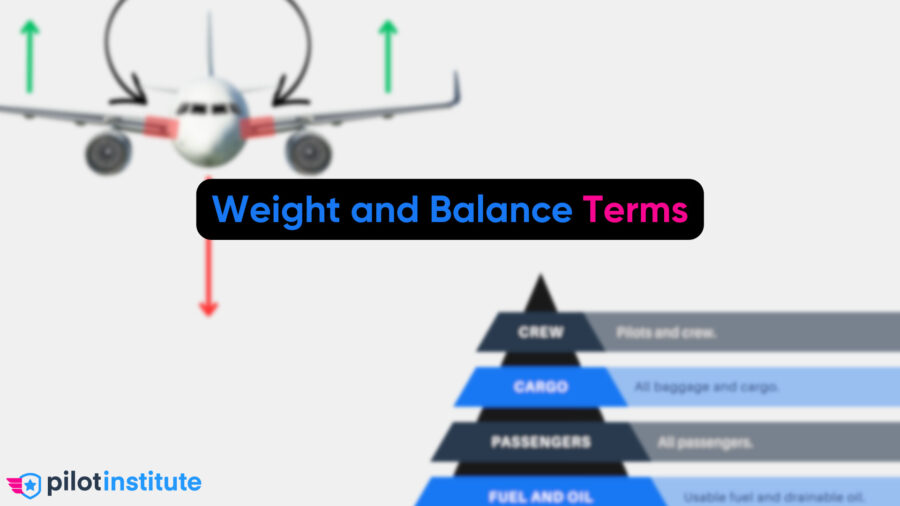-
What Is a Standard Rate Turn?
-
How to Calculate the Angle of Bank for a Standard Rate Turn
-
How Do You Perform a Standard Rate Turn?
-
Purpose Of Standard Rate Turns
- Radius and Rate of Turn
- Why Are Standard Rate Turns Used in IFR?
-
Standard Rate Turns for Private Pilots
-
Standard Rate Turns and Airliners
-
Conclusion
Ever heard of standard rate turns (also known as rate one turns)?
If you’re doing instrument training, you certainly have.
I first heard the term as a student pilot, but honestly couldn’t see their purpose (other than to prove that you could fly accurately).
So, what are standard rate turns? How do you perform them? Are they difficult to do? And what are they used for?
What Is a Standard Rate Turn?
A standard rate turn (or rate one turn) is a turn in which the aircraft turns 360 degrees in precisely two minutes. This means it turns at a rate of three degrees per second.
Seems simple enough. But calculating how to turn in this way, and then actually doing it accurately, is not quite so easy.
How to Calculate the Angle of Bank for a Standard Rate Turn
To perform a standard rate turn, you must find the bank angle required for a specific airspeed.
The bank angle required depends on the aircraft’s True Airspeed (TAS). The faster you are flying, the steeper the angle of the bank is required.
Now, while flying, we only know our aircraft’s indicated airspeed.
There is a complicated formula used to calculate the exact bank angle required. But it’s not needed here, as we don’t need the angle of the bank to two or three decimal places! I can’t fly to two or three decimal places of bank angle, and neither can you.
Additionally, most of us cannot do complicated math in our heads while flying.
That’s why we use a simplified version of that formula.
To calculate the bank angle required for a standard rate turn, divide your indicated airspeed by 10, and add half of that figure.
Let’s look at some examples to see how that works in practice.
Suppose you are flying in a light aircraft at 80 knots. Divide that by 10, and you get 8. Then add half of 8 (i.e., 4), and you get 12. So you need to turn at a 12-degree Angle of the Bank to achieve a standard rate turn.
To give a second example, say you’re flying a faster aircraft and cruising at 120 knots. Then the calculation becomes 120 divided by 10, which gives you 12. You add 6 (half of 12), so you must turn at a bank angle of 18 degrees.
This method gets us close enough; more exact calculations are only necessary for mathematicians, not pilots. Doing it this way works, and – most importantly – it is easy to calculate in the cockpit.
How Do You Perform a Standard Rate Turn?
Many pilots think that the Turn Coordinator is the only instrument used to get your correct angle of the bank. All you need to do is roll onto your angle of bank, keep the turn coordinator ‘wing’ on the first notch, and then you’ll maintain a Standard Rate Turn.
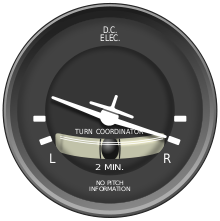
This is true, but it isn’t the whole story.
Using the Turn Coordinator exclusively is not a good idea, as it measures the rate of turn you are performing, not the bank angle.
So, how does the Turn Coordinator work, and why should we not exclusively rely on it during a turn?
If you use it correctly, the Turn Coordinator will help you maintain a Standard Rate Turn by providing the required bank angle.
If you don’t believe me, try it. Start your turn at, say, 110 knots, and bank to the Standard Rate on the Turn Coordinator. Look at the Attitude Indicator, and it should show about 16 – 17 degrees of bank.
Now slow down to about 70 knots and do the same thing.
If you maintain a rate of one turn using the Turn Coordinator, the Attitude Indicator will now show 10 – 11 degrees of bank.
This is why maintaining other parameters, such as airspeed, is critical.
If you slow down or speed up, you will have to decrease or increase the angle of the bank to maintain the correct Turn Coordinator indication.
If you aren’t aware that your airspeed is changing, you’ll likely start chasing after the Turn Coordinator, further unknowingly changing your airspeed and further worsening the chase.
In this situation, you can quickly end up behind the aircraft, which is never a good idea (especially in IMC).
How can you prevent this from happening?
You need to watch your other instruments at the same time with an instrument scan.
While keeping your ‘wing’ in the correct place on the Turn Coordinator, you must monitor the Air Speed Indicator (ASI) to ensure your speed is constant.
You also need to check the Attitude Indicator, Direction Indicator, and Altimeter at frequent intervals to ensure that you will roll out on the required heading, maintain altitude, and maintain airspeed.
In practice, it is easy to make small mistakes that add up and amount to quite a significant error.
Understand why your instructor placed so much emphasis on a good scanning technique.
Standard rate turns out to form part of the Airmen Certification Standards (ACS) for Private Pilots. Yet, their purpose is often only explained once pilots start training toward their Instrument Rating.
Let’s explore the purpose of standard rate turns in detail.
Purpose Of Standard Rate Turns
Many instructors use standard rate turns to teach their students to fly accurately. But they become much more important when you start doing instrument flying.
Standard rate turns to form the backbone of turning during instrument procedures.
But why are they used instead of bank angles?
It all comes down to one word: standardization.
Radius and Rate of Turn
Imagine you’re driving a car in a circular path. The radius of the turn is the distance from the center of that circle to your car. The rate of turn is how quickly you go around the circle.
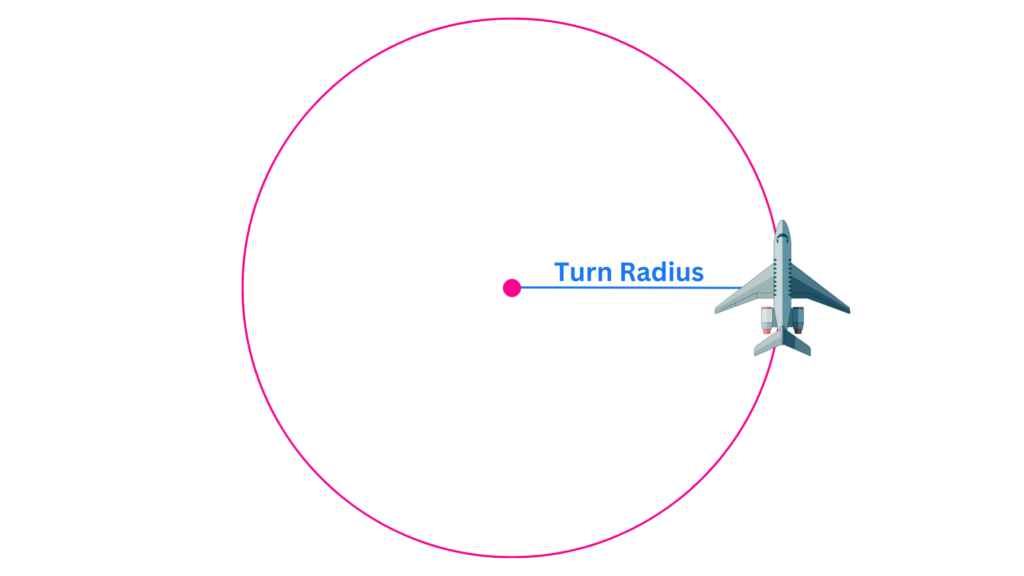
Now, picture two scenarios:
- You’re driving slowly around a small roundabout. You can make a tight turn (a small radius) because you’re going slowly. Since the circle is small, you can go around it pretty quickly (high rate of turn).
- You’re driving faster on a large, curving highway ramp. In this case, you need a larger turn radius to stay on the road because of your higher speed. As a result, it takes you longer to go around the entire curve (lower rate of turn).
The same idea applies to flying an airplane. If you’re flying slowly and make a steep bank, you’ll have a smaller turn radius and a higher rate of turn. If you’re flying faster with a shallower bank, the turn radius will be larger, and the rate of turn will be lower.
So, as a pilot, you need to understand that when you fly faster, you’ll need a larger turn radius to maintain a comfortable and safe turn. Also, when you bank more steeply, you can turn more quickly, but be careful not to exceed your airplane’s limitations.
Now that we understand the relationship between radius and rate of turn, let’s look at how that applies to standard rate turns.
By using a standard rate of turn (3 degrees per second) two aircraft at the same True Airspeed (TAS) will have the same turn radius.
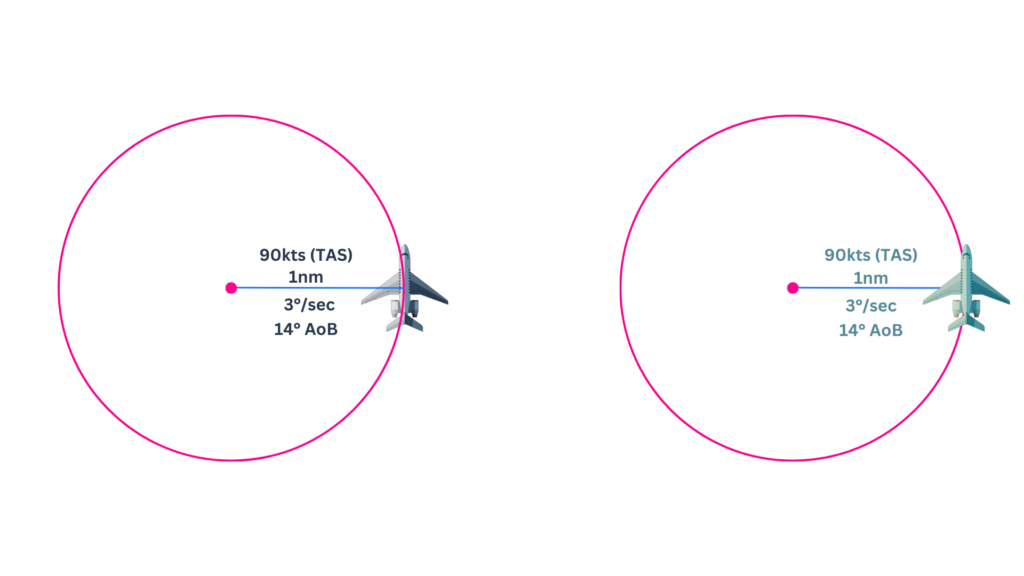
If one aircraft flies faster than the other, but still maintains the same rate of turn (3 degrees per second) only its turn radius will be larger.
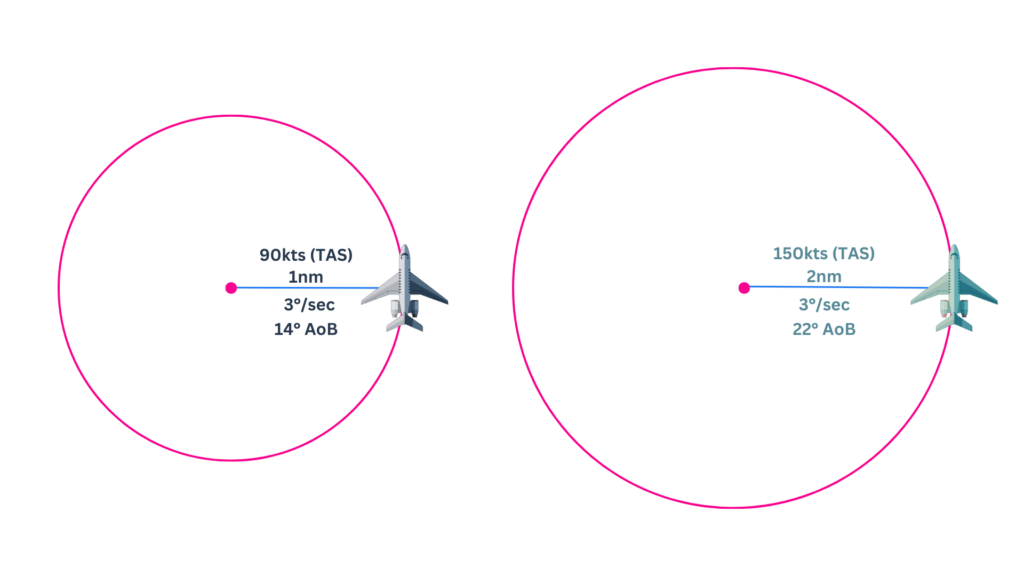
Why Are Standard Rate Turns Used in IFR?
If every aircraft used a different rate of turn, their ground track for the same airspeed (and the time it takes them to turn) would be different. Not ideal.
By using a standard rate of turn, we can accomplish the following:
- Allow pilots and Air Traffic Control (ATC) to accurately predict aircraft movement (as everyone will change direction (turn) at the same rate).
- Allow IFR procedure designers to ensure safety standards by setting maximum speeds – thereby limiting the maximum turn radius for a particular maneuver.
By standardizing the rate of turn used, we can allow aircraft to fly at various speeds, but ensure that their turn radius does not exceed a maximum value. Additionally, we can avoid situations where one pilot takes a minute to turn 90 degrees, while the other takes 10 seconds.
Standard Rate Turns for Private Pilots
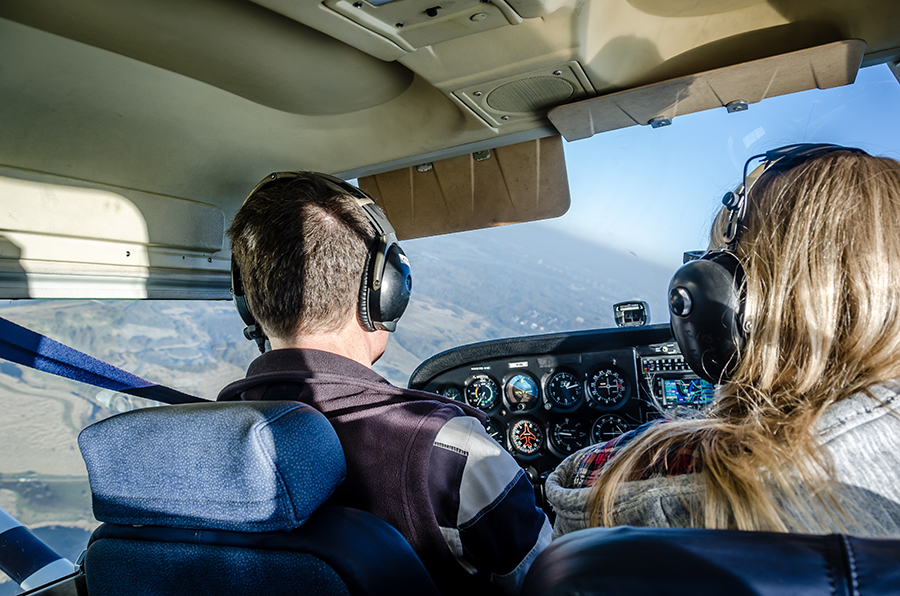
While you may not use standard rate turns when flying VFR, that doesn’t mean they’re useless.
Standard rate turns are a great exercise, and when you get good at them, they can be an excellent challenge and even a lot of fun.
Standard Rate Turns and Airliners
At a higher TAS, you need a higher bank angle to achieve the same rate of turn, which means a greater load factor.
But most airliners use a maximum bank angle of 25 to 30 degrees in most normal operations, mainly for safety.
This results in two critical notes on standard rate turn and airliners:
- Airliners need to fly slowly enough to maintain a standard rate turn without exceeding the 25 to 30 degrees angle of the bank.
- If airliners fly too fast to maintain a standard rate of turn at 25 to 30 degrees angle of bank, their rate of turn will be less than standard. The threshold for a standard rate of turn at 25 degrees angle of the bank is roughly 170 TAS.
Conclusion
Standard rate turns are essential for commercial and instrument-rated pilots, who need a solid understanding of how to fly using them.
For VFR pilots, they are a challenge and an excellent exercise in accurate handling. And apart from that, they can be a lot of fun.
So, if you’re not practicing them already, start practicing and add the standard rate turn to your tool belt!
